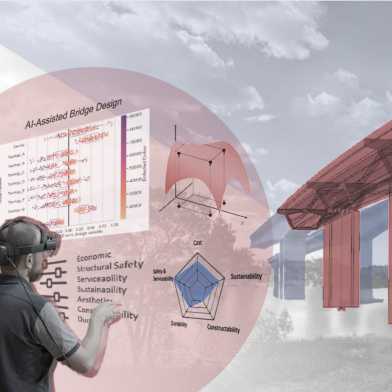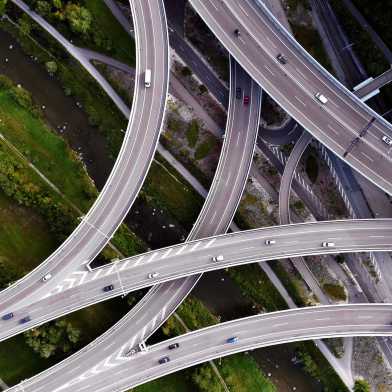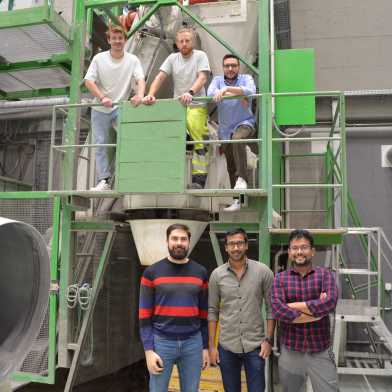February 2025
“Studying together makes everything more manageable”

What’s life like as a student at ETH Zurich? In the latest episode of the “Student Stories” video series, Marcel Walter provides us with a glimpse into his life as a civil engineering student.
Artificial intelligence helps with the design and maintenance of bridges

To extend the lifespan of existing railway bridges and conserve resources, ETH researchers are working with Swiss Federal Railways (SBB) to develop new prediction models using machine learning algorithms. An AI assistant also helps civil engineers with the design of new bridges.
Shaping the Living Environment of Tomorrow

ETH Zurich Master’s programme in Spatial Development and Infrastructure Systems provides a strong academic and interdisciplinary foundation in urban planning, mobility, and infrastructure management. Combining expert-led lectures with hands-on projects, it enables students to develop practical and sustainable solutions to real-world challenges. It prepares graduates for careers in spatial, mobility, or infrastructure planning, as highlighted in a newly released video on the degree programme.
The next stage in the revolution

Founded with a view to boosting the lifespan and reliability of wind turbines, the ETH spin-off RTDT is now improving the devices’ electricity production and performance – all with the help of an intelligent plaster for rotor blades.
Eco-friendly and ‘fast’ concrete put to the test

A construction industry without concrete seems impossible. However, due to the huge volumes of concrete production globally, its massive carbon footprint makes it a major environmental concern. D-BAUG researcher Arnesh Das and his team have developed a solution, which is now being tested with an industrial partner.
Designing e-bike-friendly cities: Cycle lanes with minimal traffic impact

While cycling infrastructure promotes sustainability, health, and increased bike adoption, its implementation often sparks controversy due to the need to repurpose car lanes, parking spaces, or public transport routes. With a novel optimization approach that carefully balances the trade-off between bike and car travel times, bike lanes can be allocated such that they have minimal impact on other travel modes – paving the way for a more widely accepted (e-)bike city.